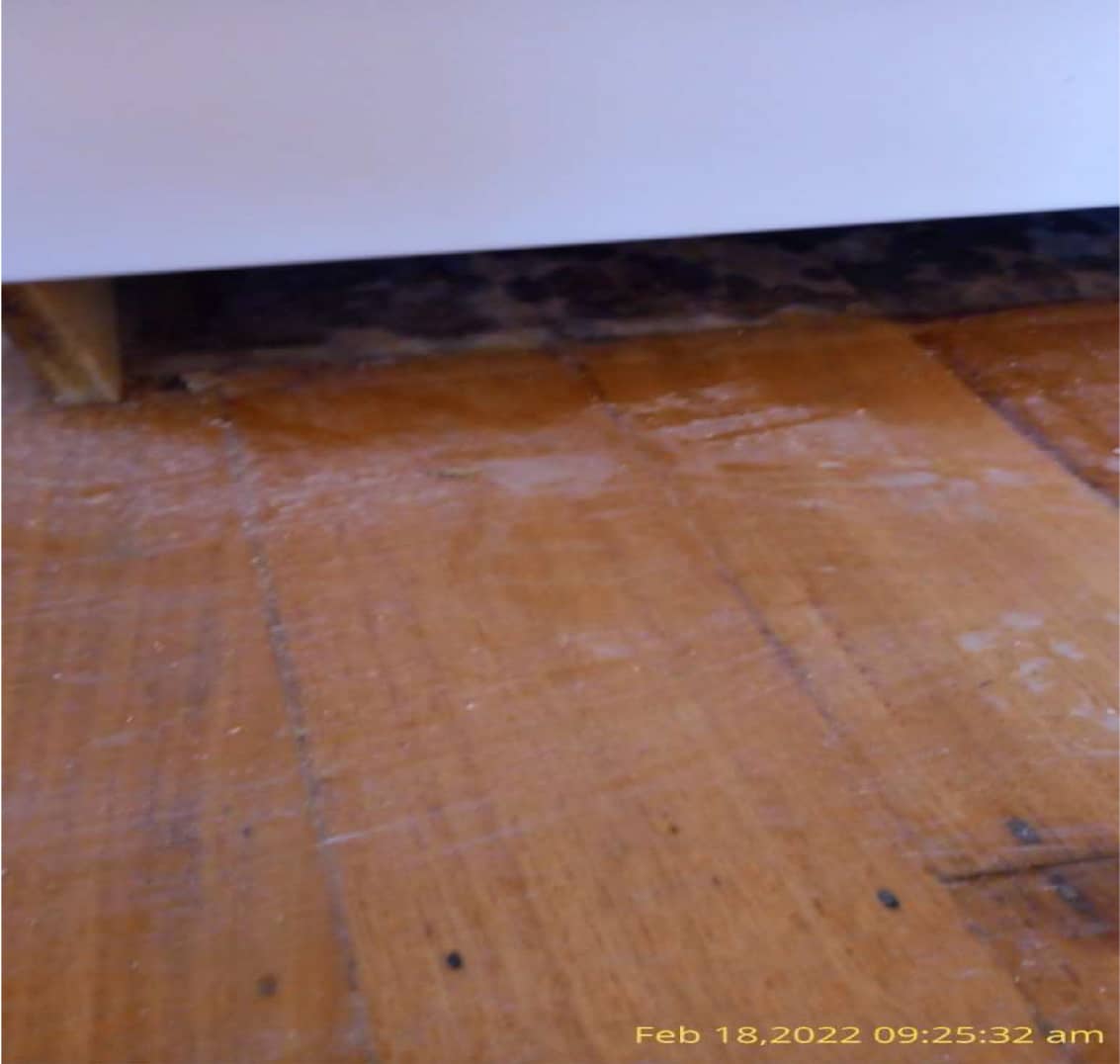Mould and your health
Mould might just seem like an anoying blemish that appears from time to time but environmental mould can have a big impact on your health.

Environmental mould in Perth homes is more common than most people realise, and the growth of mould can affect the health of your family and friends.
Mould will grow in places with a lot of moisture, such as around leaks in roofs, windows, or pipes or where there has been flooding. Mould also grows well on paper products, cardboard, ceiling tiles, and wood products. Mould can also grow in dust, paints, wallpaper, insulation, drywall, carpet, fabric, and upholstery.
Moulds produce allergens (substances that can cause an allergic reaction), irritants and, sometimes, toxic substances. Inhaling or touching mould spores may cause an allergic reaction, such as sneezing, a runny nose, red eyes and skin rash. Various moulds can also cause asthma attacks.
How does mould get into an indoor environment, and how do they grow?
Mould is found both indoors and outdoors. Mould can enter your home through open doorways, windows, vents, and heating and air conditioning systems. Mould in the air outside can also attach itself to clothing, shoes, and pets with the potential to be carried indoors.
When mould spores drop on places with excessive moisture, such as where leakage may have occurred in roofs, pipes, and walls, they will grow. Wet cellulose materials, including paper and paper products, cardboard, ceiling tiles, wood, and wood products, are particularly conducive for the growth of some moulds.
Other materials, such as dust, paints, wallpaper, insulation materials, drywall, carpet, fabric, and upholstery, commonly support mould growth.
Causes of damp and mould
Mould and dampness are caused by excess moisture. Building moisture can be caused by leaking pipes, rising dampness in basements or ground floors, or rain seeping in because of roof or window frame damage.
A newly built home may be damp if the water used when building it is still drying out – for example, in the plaster on the walls. Excess moisture indoors can also be caused by condensation.
If you have mould or dampness, it’s important to find out why you have excess moisture in your home. When you know what’s causing the dampness, you can ensure your home is repaired or take steps to limit the moisture in the air. You may need to get a professional to remove mould for you, but if it’s only a small amount, you may be able to remove it yourself.


Mould Reactions: Who’s at Risk?
For people sensitive to mould, inhaling or touching mould spores can cause allergic reactions, including sneezing, runny nose, red eyes, and skin rash. People with serious mould allergies may have more severe reactions, including shortness of breath. In people with asthma who are allergic to mould, breathing in spores can also cause asthma attacks.
In addition to people with allergies and asthma, others who may be more sensitive to the effects of mould include:
- Infants and children
- The elderly
- People whose immune systems are compromised
- People with chronic lung disease
Why Choose Us?
Experienced Team
Experienced experts in mould and toxins inspection, analysis and remediation.
Qualified and Fully Licensed
With formal qualifications in Mould Testing, Applied Microbial Remediation Technician, we can help.
Laboratory Tested
All of our results and tests are analysed by laboratory experts.
Excellent Customer Service
We treat each job as if it was our own.
Strong Reputation
We have worked hard to build up a reputation for quality service and support.
All Areas Service
We proudly service all of Perth and regional WA.
Our Happy Client Testimonials

Thankyou to Leigh and the team at Airbourne Building Solution’s. They were extremely professional from the start and took the time to explain what they were looking for and then such a detailed report without the jargon.
Emily Ward
We were amazed at how much mould was in our home. Its always had a musty smell that got worse last year. I would have no hesitation in recommending Airbourne Building Solutions and urge everyone to get their homes tested.
Jessica Green





